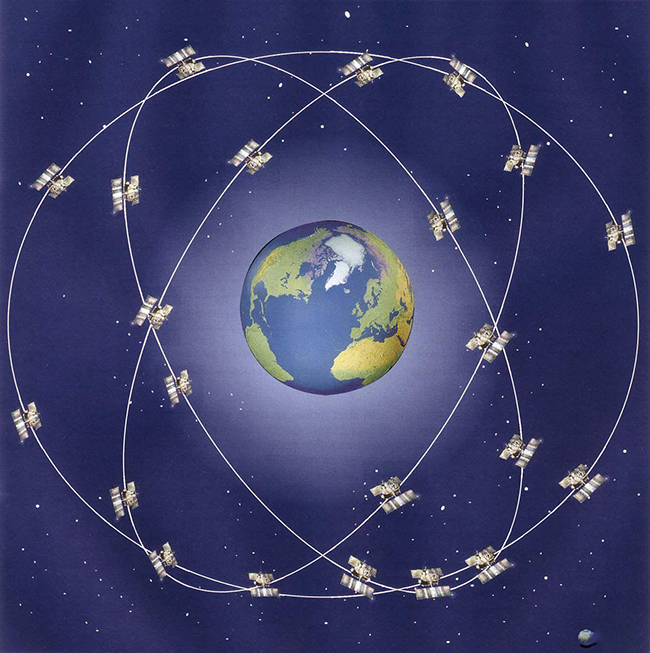GPS applications for ionospheric monitoring
The application of GPS in monitoring the ionosphere is also the beginning of GPS space meteorology. Space is full of plasma, cosmic ray particles, various bands of electromagnetic radiation, as the sun often throws out megatons of charged matter in 1 second, the ionosphere is thus strongly disturbed, which is an object of space meteorology research. The total free electron content (TEC) per unit volume is determined by measuring the delay of the ionosphere to GPS signals in order to build a global numerical model of the ionosphere.

GPS satellites transmit L and L carriers. From these two carriers, the effect of the ionosphere on GPS positioning can be weakened, or the ionospheric refraction can be determined. Because this refraction is related to the carrier frequency.
Satellite Positioning
When one builds a numerical model of the regional or global ionosphere, it is always assumed that all the free electron content is represented on a single surface with a height above the ground of H. Therefore, the electron content can be expressed as the electron content E at the intersection of the receiver-satellite line and the single surface (the puncture point), which can be considered as a function of the zenithal distance Z' at the puncture point, and which can be modeled as the concentration of electrons E on a spherical surface, e.g. written as the latitude and longitude. It can model the electron concentration E on the sphere, for example, write it as the spherical harmonic function of latitude and longitude, etc. In this regard, there are a lot of experts who have proposed various models.IGS proposes an ionosphere map exchange format (10nosphere Map Exchange Format, IONEX—Format), which serves to make the ionosphere maps obtained based on various theories and techniques be synthesized and compared based on a unified specification. It serves to enable ionospheric maps obtained based on various theories and techniques to be synthesized and compared on the basis of uniform specifications. Ionospheric models have different theoretical bases, and the data sources are obtained from different technologies, and the data coverage is not complete, so only the IGS and various global TEC maps and the differential code biases (differential code biases—DCBS) of GPS satellite signals can be provided to the users around the world in the form of IONEX, and the next step will be The next step will be to gradually combine them by comparison.














